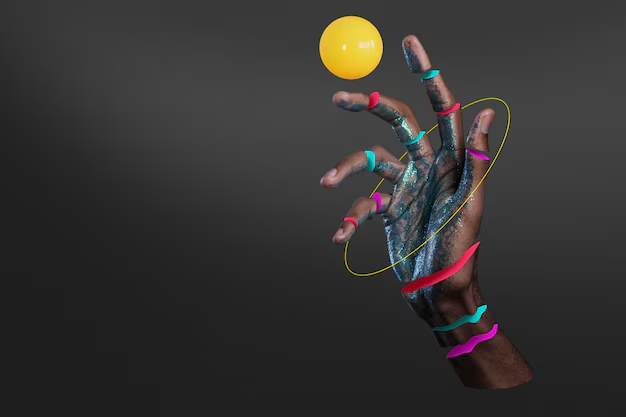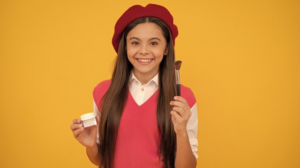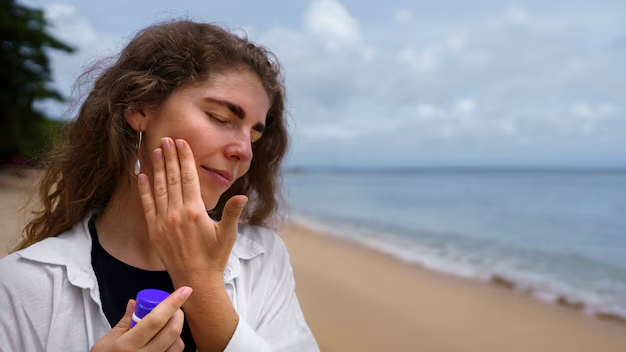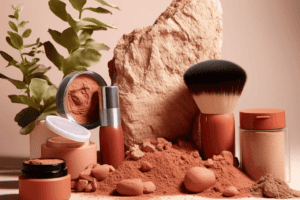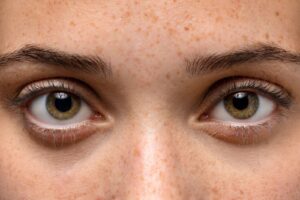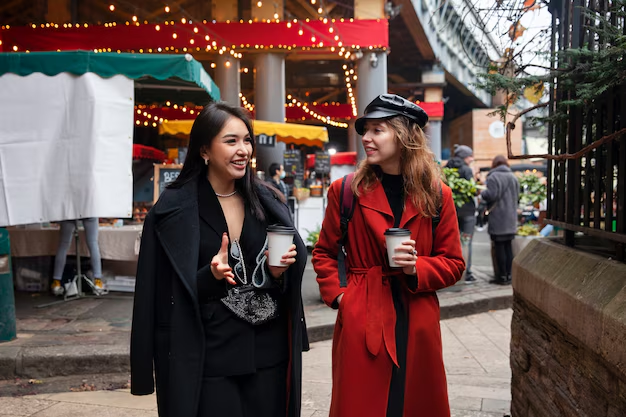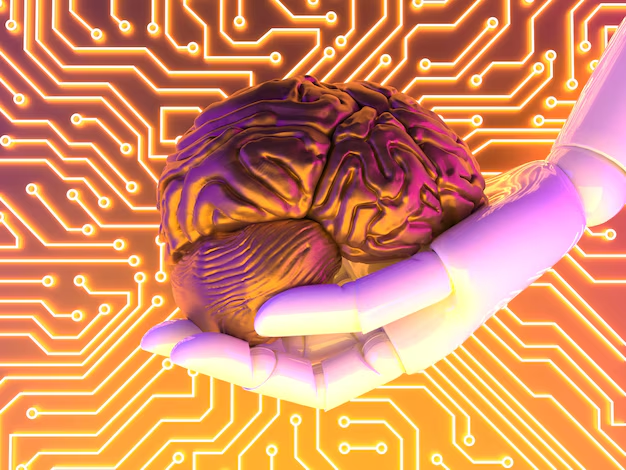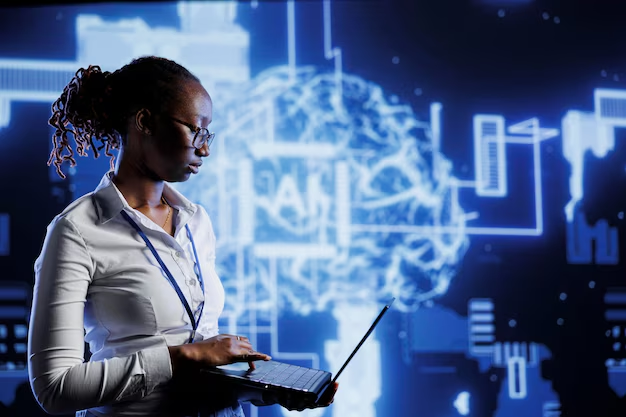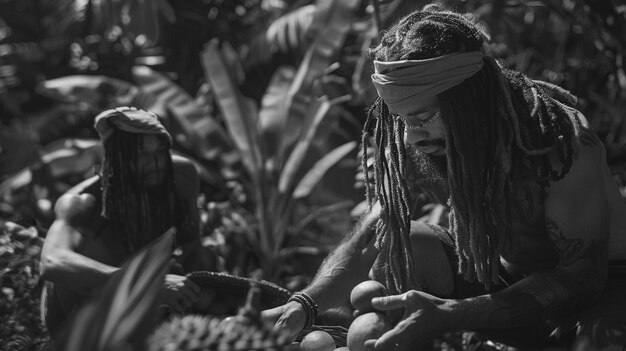Artificial Intelligence (AI) is not just a buzzword in the tech world—it’s revolutionizing industries across the globe, and the creative arts are no exception. From music composition to visual art, and even literary creation, AI is transforming the way artists work, opening up new possibilities and pushing the boundaries of creativity. This article explores how AI is being integrated into the creative arts, its potential impact, and what the future holds for AI-driven creativity.
1. AI in Music Composition and Production
Music is one of the oldest and most cherished forms of creative expression. Over the years, technology has played a pivotal role in shaping the way music is composed, recorded, and produced. AI is now pushing this evolution further by offering innovative tools for music composition.
AI-driven software can analyze vast libraries of music to understand patterns, genres, and emotional tones. This data can then be used to compose original music pieces. Tools like OpenAI’s MuseNet or Jukedeck can create music in various styles, whether it’s classical, jazz, or contemporary pop. These tools use deep learning algorithms to generate compositions that are not only harmonically pleasing but also emotionally resonant with listeners.
AI can also assist in music production by automating tasks such as mixing and mastering. Programs like iZotope’s Ozone use machine learning to analyze the tracks and apply the appropriate enhancements, saving producers time and effort. Additionally, AI can help in sound design by suggesting unique audio effects or generating new sounds based on a particular input or style. With AI’s capabilities in synthesis, producers can explore sounds that would otherwise be impossible to create manually.
Impact on the Creative Arts: AI enables musicians to break free from creative limitations, offering new inspiration and opportunities for collaboration between humans and machines. It also allows for more personalized music production, catering to diverse tastes and emotions.
2. AI in Visual Arts and Design
Visual arts, from painting to digital design, have also seen AI make its mark. AI-based tools are now able to generate new artworks that mimic the styles of famous artists or create entirely original pieces. Neural networks like DeepArt and Artbreeder use AI algorithms to generate art, blending various visual styles to produce unique creations. This has led to the rise of AI-generated art, which is increasingly seen in galleries and online platforms.
For instance, artists can upload a picture, and AI can transform it into a painting in the style of Picasso, Van Gogh, or any other iconic artist. This technique, known as style transfer, has been widely adopted by graphic designers, illustrators, and visual artists looking to experiment with new aesthetics. These tools give artists a chance to explore artistic directions that they might not have considered otherwise.
AI is also being used to enhance the design process. In graphic design, platforms like Adobe Sensei utilize AI to automatically adjust the layout, and color schemes and even suggest visual elements that match the designer’s vision. These AI tools help save time on repetitive tasks and allow creatives to focus on more high-level conceptualization. By analyzing user preferences and trends, AI can predict what design elements will resonate with an audience, offering a tailored approach to each project.
Moreover, AI is even being used to create interactive art installations. With the help of sensors and AI, installations can react to the movement or behavior of viewers, adding a layer of interactivity that transforms the viewer from a passive observer to an active participant. This opens new possibilities for digital artists, especially in immersive experiences.
Impact on the Creative Arts: AI broadens the horizon for visual artists, enabling them to experiment with new styles, improve the design process, and create interactive, immersive experiences. The ability to blend technology with traditional art forms has led to the creation of innovative, avant-garde works that challenge the concept of authorship and originality.
3. AI in Writing and Literature
AI’s ability to generate human-like text has brought it to the forefront of literature and writing. Tools like GPT-3 (the AI behind this article) can generate essays, poetry, stories, and even scripts. By analyzing large datasets of existing text, AI learns language patterns and can produce written works that resemble those written by humans.
AI is already being used in scriptwriting, where AI-driven tools help writers brainstorm ideas, plot narratives, and even create character dialogues. AI can also assist in overcoming writer’s block by providing prompts, story suggestions, or even entire chapters based on a brief description of the desired plot. In this sense, AI acts as a co-writer, offering inspiration and structure for the creative process.
In the realm of publishing, AI is being used to personalize recommendations for readers. Services like Amazon’s Kindle and Audible use AI algorithms to suggest books based on previous reading preferences, thus fostering a more personalized literary experience. AI can also assist authors by analyzing reader reviews and feedback, offering insights into which elements of a story resonate with audiences and what could be improved.
AI-powered tools are also being used to generate summaries of long texts, which can help readers find relevant content more quickly. For authors, AI-driven tools can assist with editing and proofreading, ensuring that the writing is grammatically correct and consistent. This allows authors to focus on their creative expression without being bogged down by technicalities.
Impact on the Creative Arts: AI opens up new avenues for writers, offering tools to enhance creativity, streamline writing processes, and generate content at scale. Whether it’s generating ideas or providing feedback, AI empowers authors to focus more on their core strengths and bring their stories to life.
4. AI in Animation and Film Production
AI is not only influencing the way films are made but also how they are experienced by audiences. In animation, AI is used to automate various aspects of the animation process, such as in-betweening (the process of generating frames between two keyframes) and character design. Tools like Adobe Character Animator use AI to track a person’s facial expressions and movements, enabling animators to create more lifelike animations with minimal effort.
In film production, AI is being used to enhance visual effects (VFX) and create realistic simulations. Machine learning algorithms can generate realistic lighting, textures, and even human-like movements in 3D animation. AI can also be employed to improve post-production processes like color correction, sound editing, and video enhancement, making the editing process faster and more accurate.
Moreover, AI is helping filmmakers with scriptwriting, casting decisions, and even predicting the commercial success of films based on audience data and trends. By analyzing past box office performances and audience preferences, AI can offer insights into the type of content that is more likely to resonate with specific demographics, helping filmmakers make more informed creative and financial decisions.
Impact on the Creative Arts: AI is transforming animation and film production, offering more efficient ways to create visually stunning content while reducing the time and cost of production. Additionally, AI enables more data-driven decision-making, making the creative process more aligned with audience expectations.
5. AI in Photography
Photography has seen its own AI revolution, particularly in the realm of image enhancement and editing. AI-powered tools like Adobe Photoshop’s “Sensei” and Google’s AI-based image search allow photographers to edit photos with greater precision and speed. These tools use machine learning to automatically detect elements in a photo and suggest adjustments, such as improving lighting, and contrast, or removing imperfections.
AI is also being used to help photographers identify trends, such as the types of images that are likely to be popular on social media platforms. Through data analysis, AI can predict the color schemes, compositions, and themes that are likely to resonate with audiences, allowing photographers to tailor their work accordingly. AI’s ability to analyze millions of images helps photographers stay ahead of trends and deliver images that meet the demands of their audience.
Moreover, AI tools can help photographers in the field, by suggesting the best times of day to capture photos based on lighting and weather conditions. AI-powered cameras, like those from Google or Apple, use advanced algorithms to optimize settings in real time, ensuring the best shot possible in any situation.
Impact on the Creative Arts: AI is allowing photographers to focus more on the art of photography by automating technical aspects of editing and providing insights into what will appeal to viewers. AI-driven cameras also enhance the quality of the images captured, elevating photography to new heights.
6. AI in Game Design
AI is a key player in the gaming industry, offering new possibilities for game design and storytelling. AI algorithms are used to create adaptive, intelligent behaviors in non-playable characters (NPCs) that react dynamically to the player’s actions. This makes gaming experiences more immersive and unpredictable, as players never encounter the same gameplay twice.
Moreover, AI is being used to generate procedural content, such as creating vast, open worlds or complex storylines that evolve based on player choices. AI-generated landscapes and quests allow developers to create larger, more detailed game environments without the need for manual design of every aspect. This not only saves time but also ensures a more personalized and engaging gaming experience.
Impact on the Creative Arts: AI in game design is allowing for more dynamic, engaging experiences and enables developers to create expansive worlds with less resource investment. AI’s ability to create responsive environments leads to deeper, more immersive storytelling in gaming.
7. Ethical Considerations and the Future of AI in Creative Arts
While AI is undoubtedly enhancing the creative process, there are important ethical considerations. One of the key concerns is the question of authorship and ownership. As AI generates content, who owns the rights to the creations? Should the creators of the AI or the users who input the data have ownership?
Additionally, AI’s influence on the creative industry raises concerns about job displacement. While AI can automate many tasks, it’s important to recognize that the technology should be seen as a tool to enhance human creativity rather than replace it.
As AI continues to evolve, the future of creativity is likely to see an increasing collaboration between human artists and AI tools. Rather than replacing human creativity, AI will likely become an invaluable assistant, helping artists and creators push their boundaries further than ever before.
The integration of AI in the creative arts is unlocking new dimensions of possibility, allowing artists to explore, create, and innovate in ways that were previously unimaginable. From music and visual art to literature, animation, photography, and beyond, AI is not just a tool—it’s a creative partner. While ethical and practical challenges remain, the potential for AI to enhance and reshape the creative industries is immense, promising a future where art and technology merge in exciting and unexpected ways.
Related Articles

